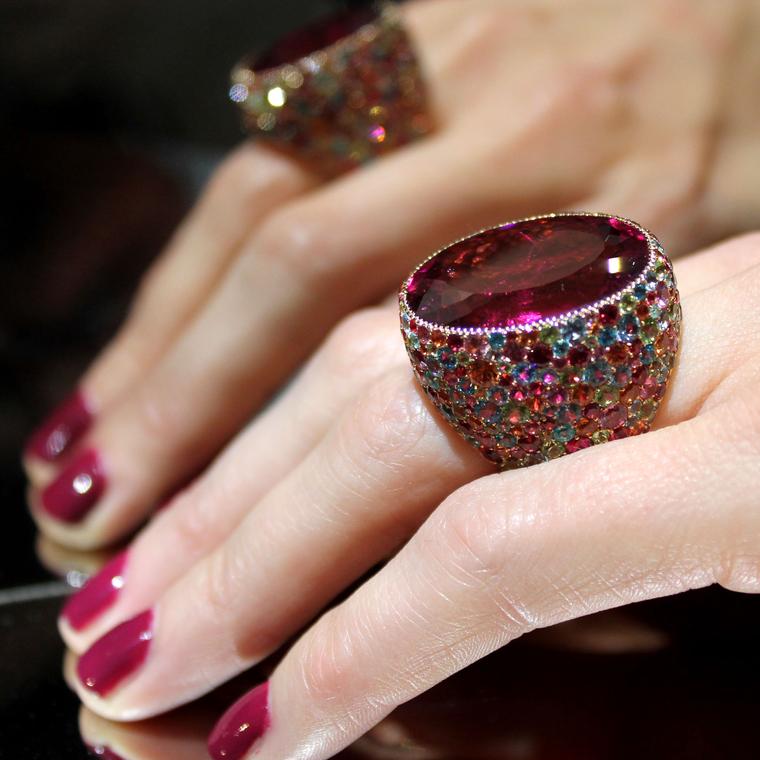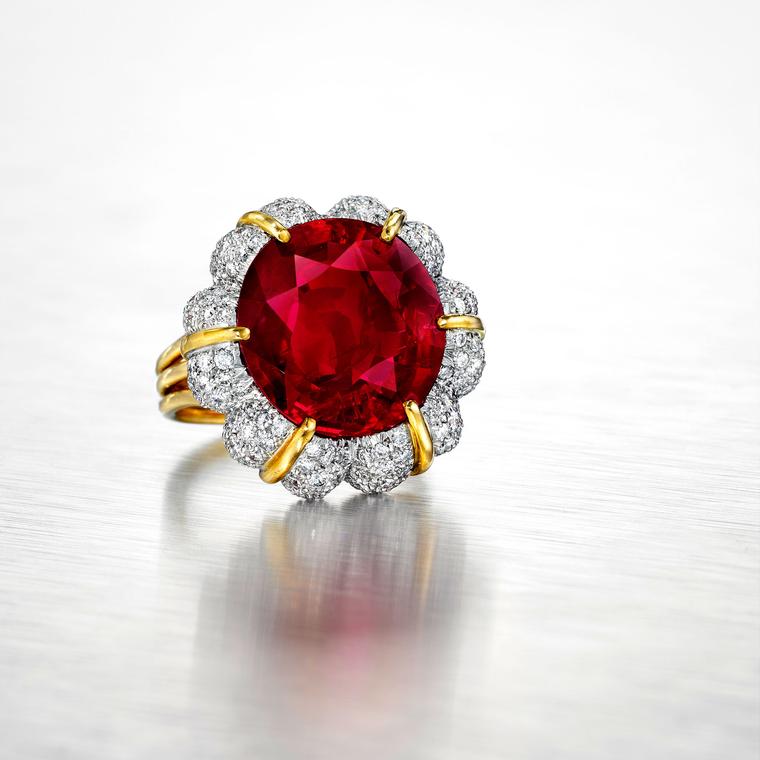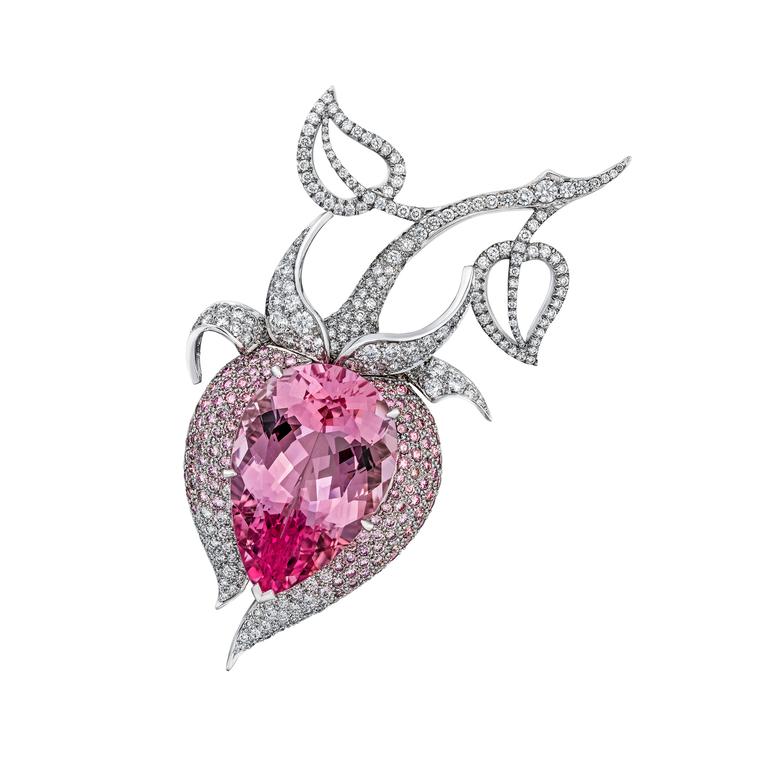The allure of red rubies has captivated collectors for thousands of years, yet not all red gems are in fact rubies. When shopping for that deep rouge hue, it might also be worth considering whether red spinels or rubellites are the right stone for you.
Rubies, nicknamed the king of gems, are the best known of the three gemstones, and are the most sought after and widely used in fine jewellery. While rubies in general are highly prevalent in the windows of jewellers across the globe, the top-quality stones can carry vast price tags - at the end of April this year, a Verdura ring set with a 15.99ct oval-shaped Burmese ruby sold at Christie’s New York for close to $14.2 million.
“You must have a very deep pocket to afford top rubies,” agrees Hong Kong-based gem expert and jewellery designer Tayma Page Allies of Tayma Fine Jewellery. “With spinels, you might just be able to find something suitable for your budget, or you can often find a rubellite at a bigger carat size with great colour and sparkle.”
When it comes down to technicalities, rubies are a corundum with an intense red glow caused by chromium, which gemmologists playfully refer to as the rock star of trace elements - and deep red shades are considered the best. The spinel, often called the great imposter due to many important historical rubies turning out to be spinels, is a mineral type in itself and, much like the sapphire, can be found in a variety of shades, from black through to red. And rubellite is not a form of ruby at all; it is, in fact, a type of tourmaline that is pink to red in colour and must not change shade in different types of light - those that do cannot be classed as rubellites.
Yet while rubellites and spinels might appear to be playing second fiddle to the king of gems, these coloured gemstones each have their own intricacies, and their own fans. Page Allies says she would advise collectors who enjoy the look of rubies to consider rubellites over spinels as “they are more beautiful as they are often more transparent”, and there is a wider choice of stones available.
When it comes to colour, spinel looks closest to ruby. However, for US jeweller Erica Courtney, who has a wide selection of spinel jewellery, the shade of spinel that is proving most popular is not one that mimics a ruby, but one that differentiates it. “Mahenge spinel from Tanzania is Erica’s favourite stone at the moment,” says gemmologist Mariana Gómez. “The neon-bright colouration is our number one.”
























